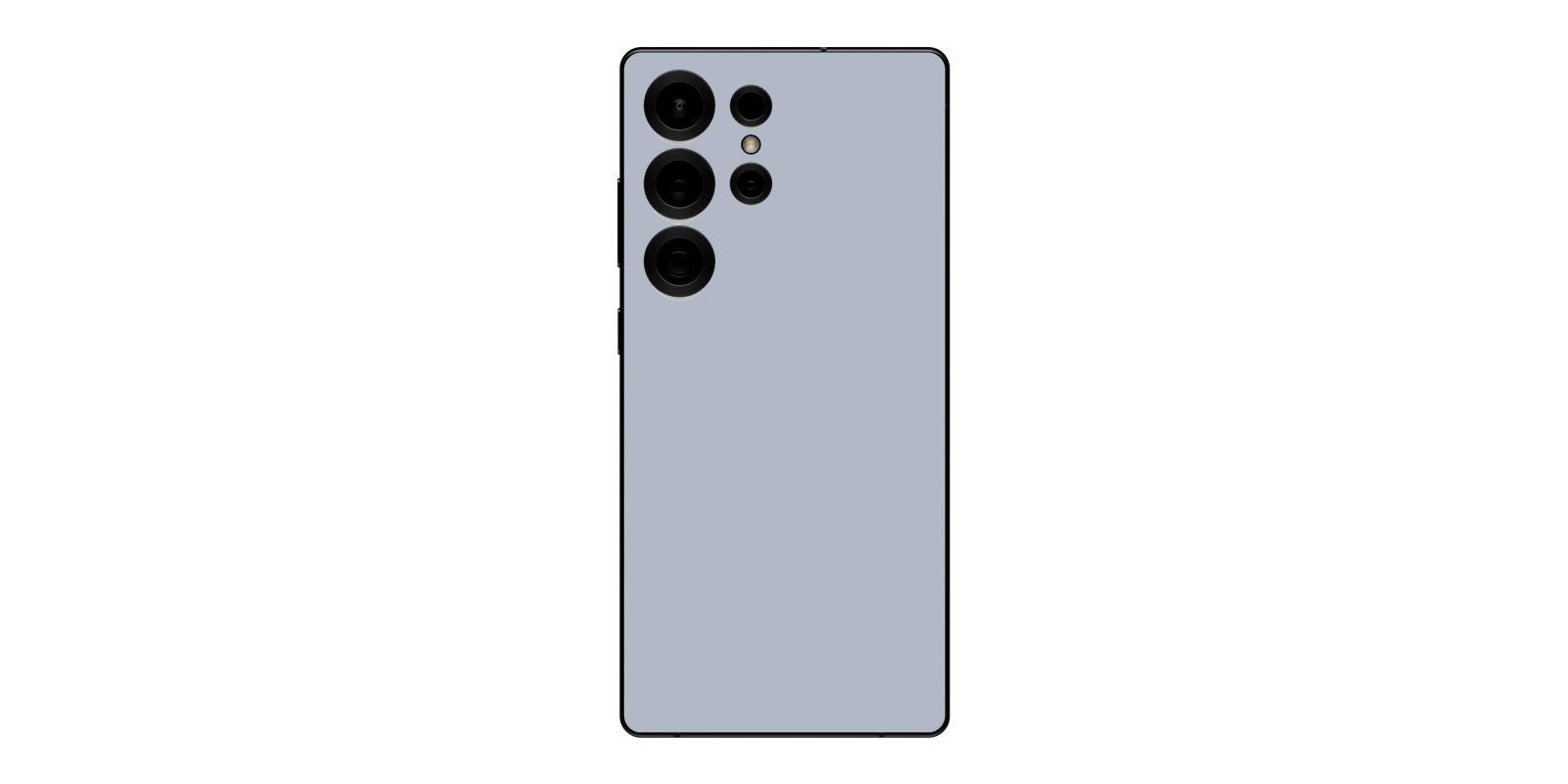The current fleet of NASA’s ISS spacesuits has been in use for over four decades, and the agency is looking for a space suit fit for the 21st century. In partnership with ILC Dover and Oceaneering, Collins Aerospace conducted zero-gravity tests as part of NASA’s Exploration Extravehicular Activity Services (xEVAS) contract, which is valued at $97.2 million and was awarded in December 2022.
Collins Aerospace’s latest initiative involves the development of a new generation space suit for use on the International Space Station, with the recent Crew Capability Assessment test involving simulated environments on Earth, including a plane flying above the Earth. If the test is successful, NASA can extend the contract for the new spacesuits to be used outside the ISS by April 2026. The crew will be wearing the spacesuits during activities outside the orbital lab. A comparison test for zero gravity when operating outside the ISS. Photo: Collins AerospaceThe need for new spacesuits stems from the challenges faced by NASA’s current Extravehicular Mobility Units (EMUs) which have been in use for over 40 years. Issues such as water leakage, size limitations, aging technology, and overall limited mobility have underscored the urgency for upgraded spacesuits. The incidents involving astronauts Luca Parmitano in 2013 and Matthias Maurer in 2022 highlighted the critical need for improved suit functionality. Collins Aerospace aims to address these challenges with its next-generation suits, which feature lighter weight, smaller volume, and an open architecture for easy modifications. The collaborative efforts with current and past astronauts have resulted in a suit that meets diverse astronaut needs.
A comparison test for zero gravity when operating outside the ISS. Photo: Collins AerospaceThe need for new spacesuits stems from the challenges faced by NASA’s current Extravehicular Mobility Units (EMUs) which have been in use for over 40 years. Issues such as water leakage, size limitations, aging technology, and overall limited mobility have underscored the urgency for upgraded spacesuits. The incidents involving astronauts Luca Parmitano in 2013 and Matthias Maurer in 2022 highlighted the critical need for improved suit functionality. Collins Aerospace aims to address these challenges with its next-generation suits, which feature lighter weight, smaller volume, and an open architecture for easy modifications. The collaborative efforts with current and past astronauts have resulted in a suit that meets diverse astronaut needs. Former NASA astronauts John “Danny” Olivas and Dan Burbank took part in the experiments. Photo: Collins AerospaceThe new suits underwent performance tests in a zero-gravity flight that simulated microgravity conditions. Former NASA astronauts John “Danny” Olivas and Dan Burbank, alongside a support team, were involved in 40 parabolic flights to assess the suits’ wearability, functionality, compatibility with ISS equipment and communication, and current performance compared to the EMU.
Former NASA astronauts John “Danny” Olivas and Dan Burbank took part in the experiments. Photo: Collins AerospaceThe new suits underwent performance tests in a zero-gravity flight that simulated microgravity conditions. Former NASA astronauts John “Danny” Olivas and Dan Burbank, alongside a support team, were involved in 40 parabolic flights to assess the suits’ wearability, functionality, compatibility with ISS equipment and communication, and current performance compared to the EMU.
“These tests allowed us to evaluate the design’s ability to support human and robotic exploration in controlled environments,” stated Peggy Guirgis, senior manager of Space Systems at Collins, in a press release. Additional design evaluations, including underwater testing at NASA’s Neutral Buoyancy Lab in Texas and hot vacuum testing, are also planned by Collins. These tests are crucial in ensuring the suits’ effectiveness in various environments. As part of its xEVAS contract, Collins received an additional $5 million in July 2023 to develop a specialized EVA suit for lunar missions under NASA’s Artemis program. The company reports that its spacecraft is approximately 90% compatible with lunar missions. Similarly, Axiom Space, based in Houston, is focusing on lunar suits for NASA’s upcoming Artemis 3 lunar mission. For more spaceflight updates, follow us on X (formerly Twitter) and bookmark Gizmodo’s dedicated Spaceflight page.
NASA’s Latest Space Suit Passes Zero-Gravity Test













